The operational and tactical skills of the militia of the South-East of Ukraine. Part of 1
The undoubted advantages of the operational-tactical skills of the militia include the model of mobile defense, which they tested in defending the Donetsk city agglomeration (with the highest density of population in Eastern Europe). This territory had to be defended without aircraft, long-range reconnaissance and radar equipment, as well as with an acute shortage of armored vehicles. The self-defense fighters had 5 BMD and 1 SAU "Nona", which flew across the front, working in the hottest spots. In fact, there was no other option for the militia — with such resources, the lack of mobility in defense would be suicide. There was no front as such at all; lines of defense did not exist. Donbass fighters constantly cruised around objects where the enemy was particularly active, often leaving the defense sector uncovered. Moreover, in the event of a serious onslaught of the Armed Forces of Ukraine, the militia could have retreated with the whole unit with minimal losses, regrouped and counterattack to knock the invaders back to their original positions. The losses of the Ukrainian troops and numerous volunteer battalions at the same time were significantly higher than those of the self-defense forces. But there were exceptions to the rule - examples of passive, well-organized, long-term defense of the militia. So, at Gorlovka, the militias settled in positions with trenches in full profile, with moves and messages between entrenched units. They tried to lure the enemy into specially organized minefields (and often it worked).
If possible, tried to impede the movement of units of the Armed Forces of Ukraine on the front. To do this, even partially destroyed the dam of the Karlovsky reservoir. In moments of artillery attacks, the fighters left their positions, leaving an ambush in case of attack by enemy infantry.
Experts draw attention to the fact that the fighting in the Donbass is a little like the realities of the Second World War. The differences are primarily in the front, which is not solid, but is represented by rare defensive points, most often ordinary roadblocks. Such a torn front line in the geographical conditions of Donbass was perfectly visible, which practically excluded the passage of unnoticed large forces of the Armed Forces of Ukraine. At the same time, mobile DRG militias were held at the enemy’s location, sometimes as a knife through butter.
Summing up, the militia tactics can be called a combination of guerrilla actions based on stationary fortifications and sabotage work. Around the summer of 2014, the militia began actively to sabotage the supply lines of the Armed Forces of Ukraine. In the Donetsk and Lugansk regions, railway bridges were blown up, shelling of freight trains near Kharkov began, and so on. Interestingly, the mining at the very beginning was carried out with the help of explosives used in the mines, and later everyone switched to army charges.
24 June blew up a railway bridge in the Zaporozhye region, and 1 Jun blew up two sections of the Donetsk railway, which led to a bus stop. 7 On July 2014, a railway bridge in the Novobakhmutka area passing over the highway was blown up, as a result of which the bridge structures and cars partially collapsed onto the road. A little later, two bridges were blown up in the Luhansk region across the River Tepla (rail) and across the North Donets (road). The main purpose of these diversions was to block the transfer of troops from the depths of Ukraine.
In the following years of confrontation, such a practice was curtailed, for it frankly resembled terrorist acts, which was not at all part of the plans of the LDNR political leadership. Now the DRG, leaving behind enemy lines, were units from 10 to 30 fighters, armed with small arms weapons, grenade launchers, sometimes light mortars. The saboteurs move on cars, less often on armored personnel carriers or infantry fighting vehicles. Lightning-fast attacks on checkpoints near populated areas followed by hoisting a flag on the administration building became a favorite tactic of the groups. This put the leadership of the ATO into a stupor, they hastily regrouped the troops, sent whole battalion groups to the "captured" villages, but the militiamen already had a trace. Thus, at the end of August, the militiamen suddenly took Telmanovo and Novoazovsk, in which there were no APUs at all - their main forces were grouped in the area of Dokuchaevsk - Starobeshevo - Amvrosievka. This made confusion in the plans of the command of the ATO troops, which later led to the notorious "Amvrosievsky boiler".
Ground units and artillery - these are the two main "legends" of the war in the Donbass. Many times it was said that the conflict became a struggle for artillery superiority on the battlefield. It is artillery, not tank units became a decisive means of inflicting damage to the enemy both from the side of the militia and from the side of the Armed Forces. The first blows during the attack are carried out by field artillery, which plows the location of the Ukrainian troops, and only then the infantry finishes off the remains and occupies the shot territory. Moreover, throughout the conflict, the few Donbass self-defense tanks were used not for their intended purpose, but as heavily armored self-propelled guns. Full-fledged combat contacts with a superior enemy, and even heavily armed, were ineffective for the militia, and sometimes fatal. Therefore, artillery units, in particular MLRS batteries, moved at a comfortable distance from the battalion-tactical groups of the Armed Forces, regularly covering them with fire from closed positions. We must pay tribute to the extremely low training of the officers of the Ukrainian army and their excessive self-confidence in their forces, which allowed the militia to behave so “brazenly”.
At the very beginning of the war, control of the heights in the battlefield became one of the key tasks for the units on both sides of the front. They fought for the Karachun mountain near Slavyansk, the Saur-Graves mound and the heights on the right bank of the Northern Donets. Moreover, the style of warfare with predominant shooting from closed positions and general high mobility in many respects devalued the dominant heights. But it became clear much later; At the first stage of the war, clashes near the peaks were very bloody. Now the real meaning of owning heights is only one: visual control over the terrain and adjustment of artillery fire. The heights are usually protected by cross artillery fire and a small group of spotters covering. The paradigm of warfare since the Second World War with the installation of artillery batteries at altitude here has not found application. In many ways, the understanding of this came only after the tragedies at Saur-Grave.
The overall effectiveness of the militia artillery as the main player on the battlefield was higher than that of the APU. This is due to the high qualifications of three key individuals: division commanders, battery commanders and senior battery officers. With their well-coordinated work, it was possible to open fire six to seven minutes after the discovery of enemy units! It was successful for the militia to change the firing positions in time, which did not allow the counter-battery forces of the Armed Forces of Ukraine (if there were any at all) to strike back. The rule for Donbass artillery was to perform no more than two combat missions from one position. On the side of self-defense forces was the use of a wide range of artillery ammunition - from active-reactive to lighting and campaigning. Often, the "gunners" had to work at night, as well as bombard mortar calculations of the Ukrainian Armed Forces with high accuracy, located on the roofs of residential buildings.
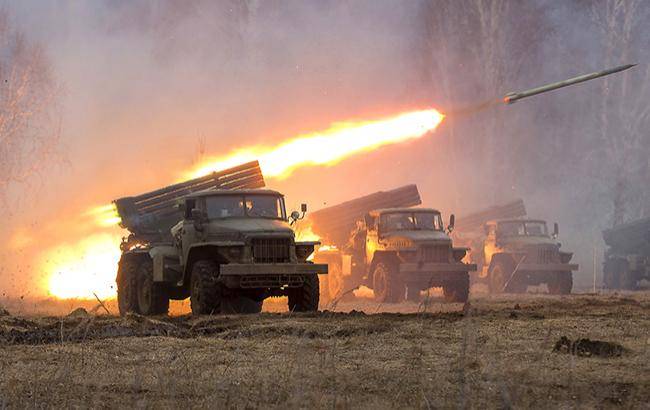
The visiting card of the militias on a larger operational level of command became maneuvers of deep bypass, coverage and the environment of the enemy. In the course of the environments (summer 2014 - February 2015) units of the Armed Forces of Ukraine were cut off from the main forces and were methodically disabled. On average, 25-50% of personnel were destroyed and up to 70% of military equipment. A feature of such environments was the rather low density of the militia troops around the “boiler”, which allowed the APU fighters and punitive battalions to break through to their own light. This was due to the lack of human resources to fully block the large groups of the enemy. Perhaps the only example of a classic environment according to all the rules of the Second World War was Ilovaisk in August 2014. It was then that they managed to create a tight ring around the Ukrainians, through which neither the surrounded units nor the troops sent to release the group could penetrate.
To be continued ...
- Evgeny Fedorov
- novorossia.su, dosie.su, korrespondent.net
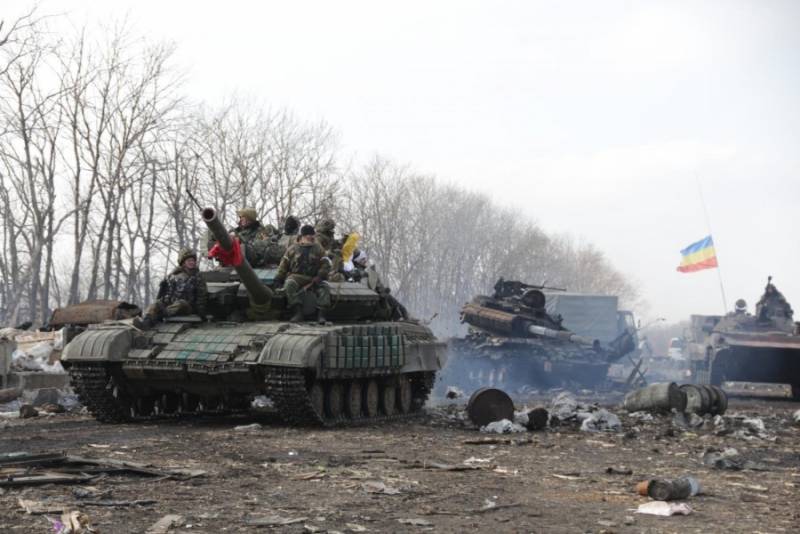
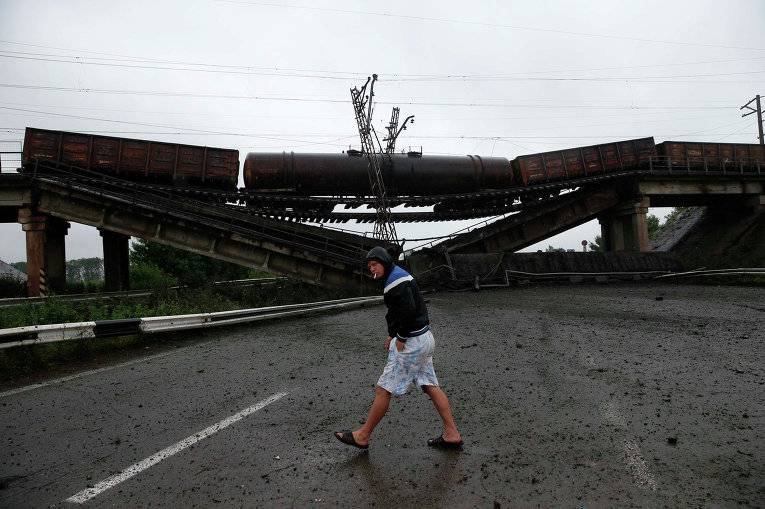
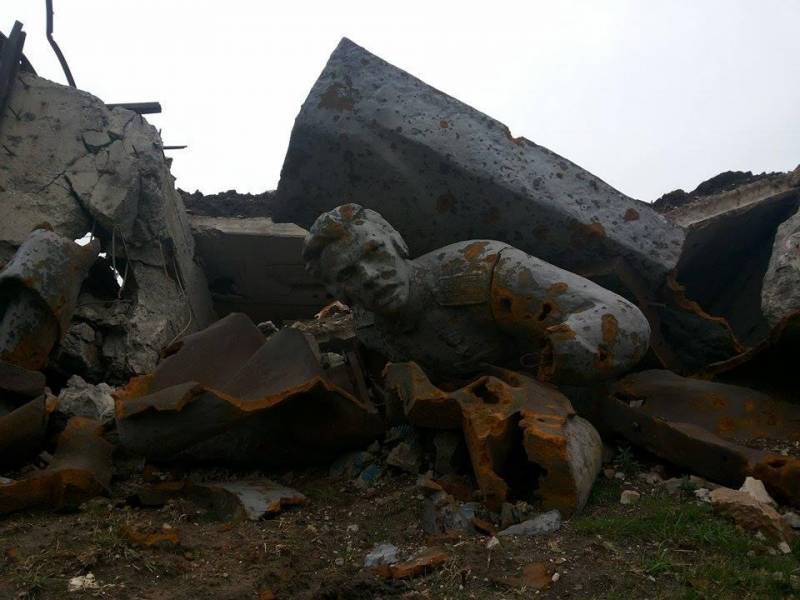
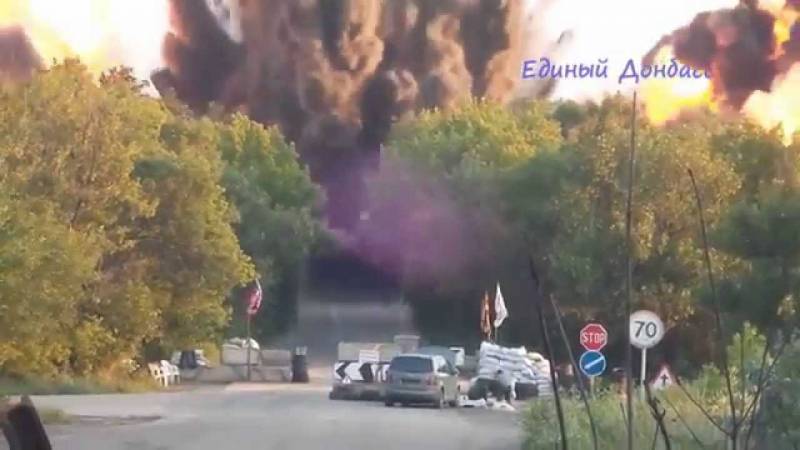
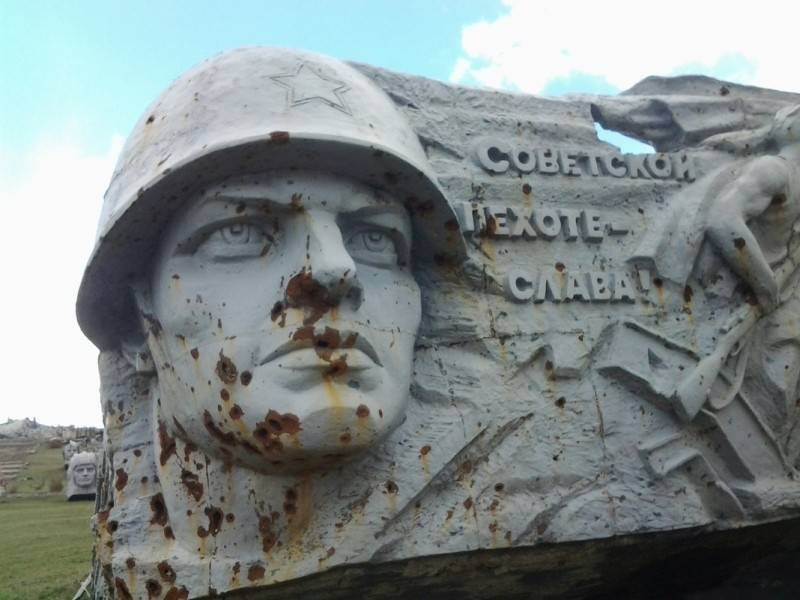
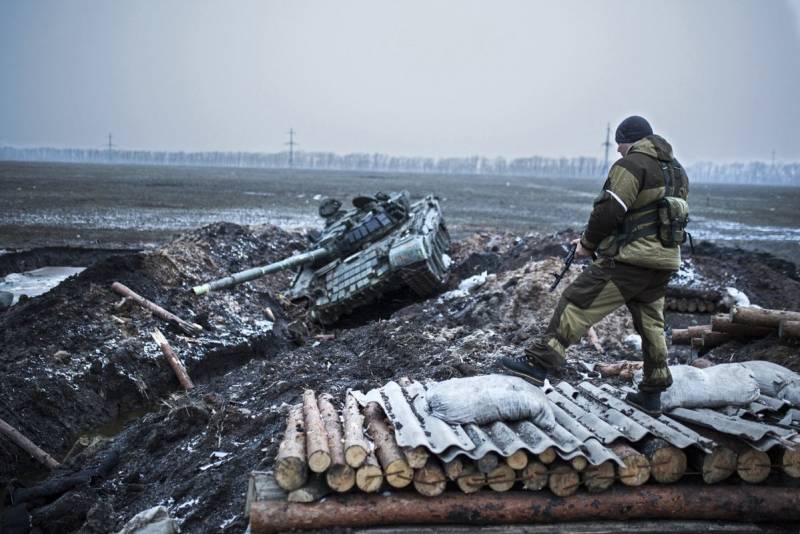
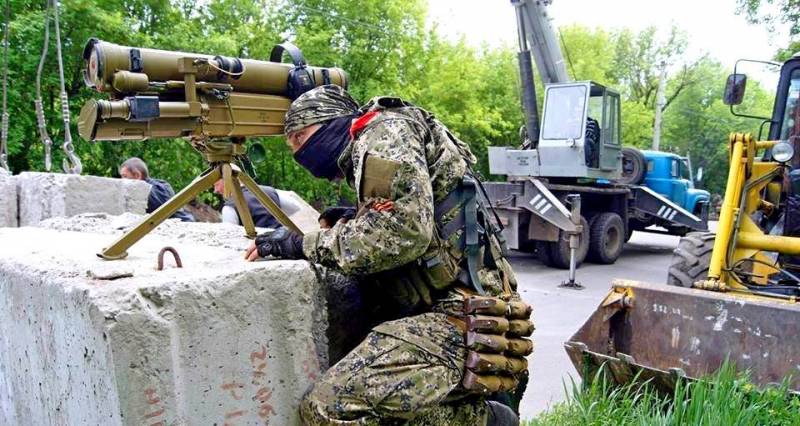
Information